Jim Shooter, the iconic comic book writer who broke into writing comics for DC when he was just 14 years old, and who later became one of the most influential Editors-in-Chief in Marvel history, has died at the age of 73, according to comic book writer, Mark Waid, who noted that Shooter had been suffering from esophogeal cancer for a few years now.
Famously (it was literally the first legend I did as part of Comic Book Legends Revealed), Shooter started writing for DC when he was just 14 years old. As a big comic book fan, he understood that the Marvel Comics of 1964-65 were a good deal sharper than most DC books of the era, so Shooter's idea was to pitch DC on stories that were more like Marvel ones. Really thoughtful idea, right? He also actively looked for a comic book that he felt had the biggest problems with its story, and pitched that title, which was Adventure Comics, starring the Legion of Super-Heroes.
The bewildering idea is that Shooter, who didn't really know how comics were done at the time, literally just wrote and penciled a two-part Legion of Super-Heroes story in 1965 (when he was 13 years old still) and sent it to Mort Weisinger to see if he wanted to buy it! Shooter was a heck of a young writer, but he was not what you would call a professional artist by any stretch of the imagination. However, shockingly enough, not only did Weisinger buy the two-parter in early 1966, he even decided to tell artists Sheldon Moldoff and Curt Swan (who drew the first part and second part, respectively) to use the pages by Shooter as the layouts for the issue!
 Image via DC
Image via DC
One of the other audacious things about Shooter's story was that he actually added FOUR new Legionnaires to the Legion in that story! Can you imagine pitching an editor with a story where you add four new members to the team? But hey, it worked out (the new characters were Karate Kid, Princess Projecta, Ferro Lad, and Nemesis Lad, who turned out to be a villain)! One of the things Shooter felt that the Legion lacked was action characters. He felt that everyone's powers were too passive. Everyone just pointed and fired a blast from their fingers or whatever. So that's why Shooter loved the idea of Karate Kid, and he devoted MULTIPLE pages to Karate Kid fighting Superboy in that first issue, which was published as Adventure Comics #346.
Shooter soon became the regular writer on Adventure Comics, and editor Mort Weisinger had Shooter work on other projects for Weisinger, as well, including the introduction of the Superman villain, the Parasite, later in 1966...
 Image via DC
Image via DC
and the very first Superman/Flash race in 1967...
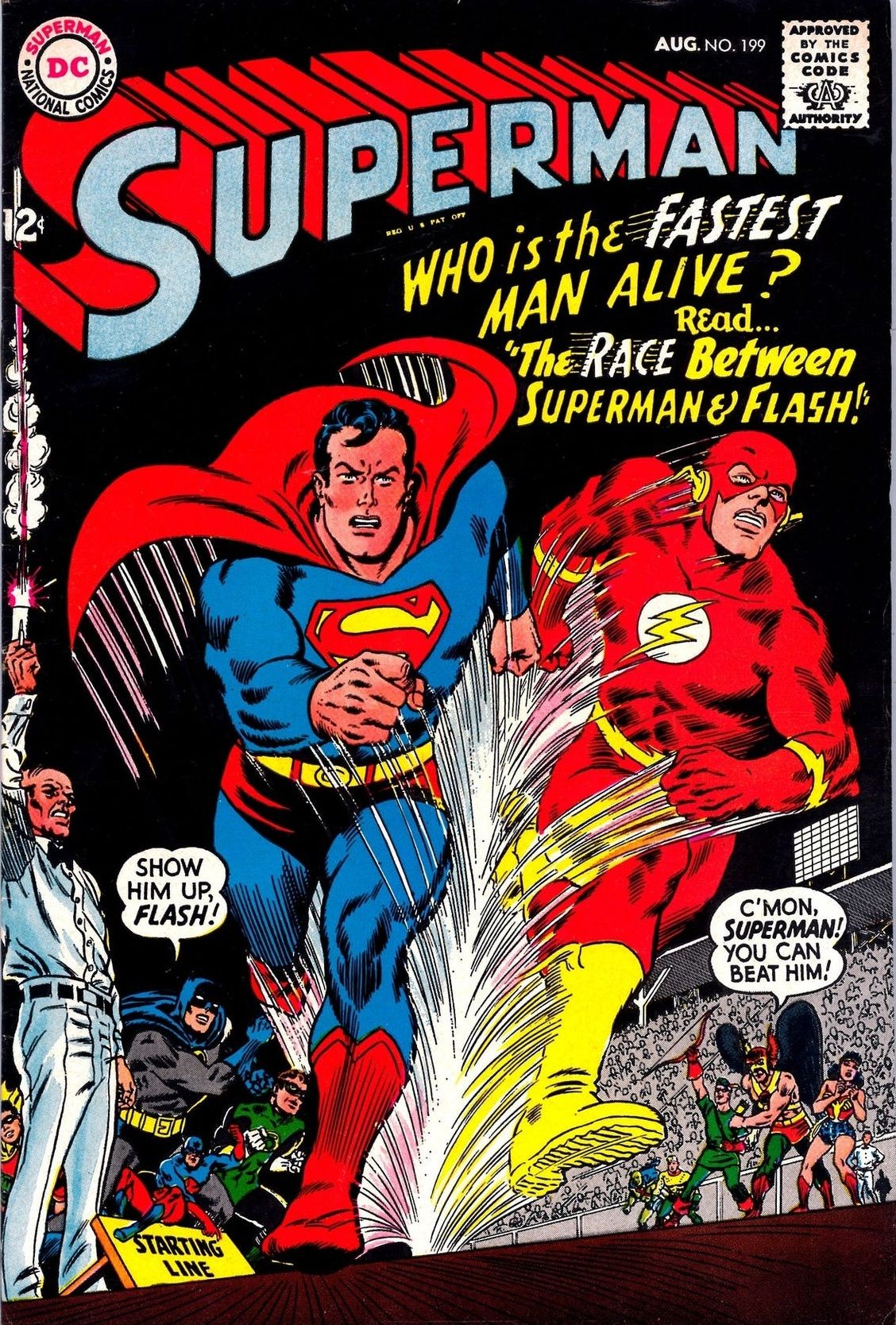 Image via DC
Image via DC
In 1969, Shooter graduated high school, and he moved from Pittsburgh to attend New York University. He quit wrtiing for DC, and started working for Marvel as an assistant editor. However, the money wasn't enough for him to be able to afford to live in New York, so after less than a month, he quit comics entirely, and moved back to Pittsburgh.
He worked in advertising for a few years, but a group of Legion fans hunted him down for the iconic Legion of Super-Heroes fanzine, Interlac, and this convinced Shooter to give comic book writing another go at the ancient age of 23. He applied to both DC and Marvel, and both companies offered him gigs, but he decided to return to DC to write the Legion again, returning for 1975's Superboy and the Legion of Super-Heroes #209...
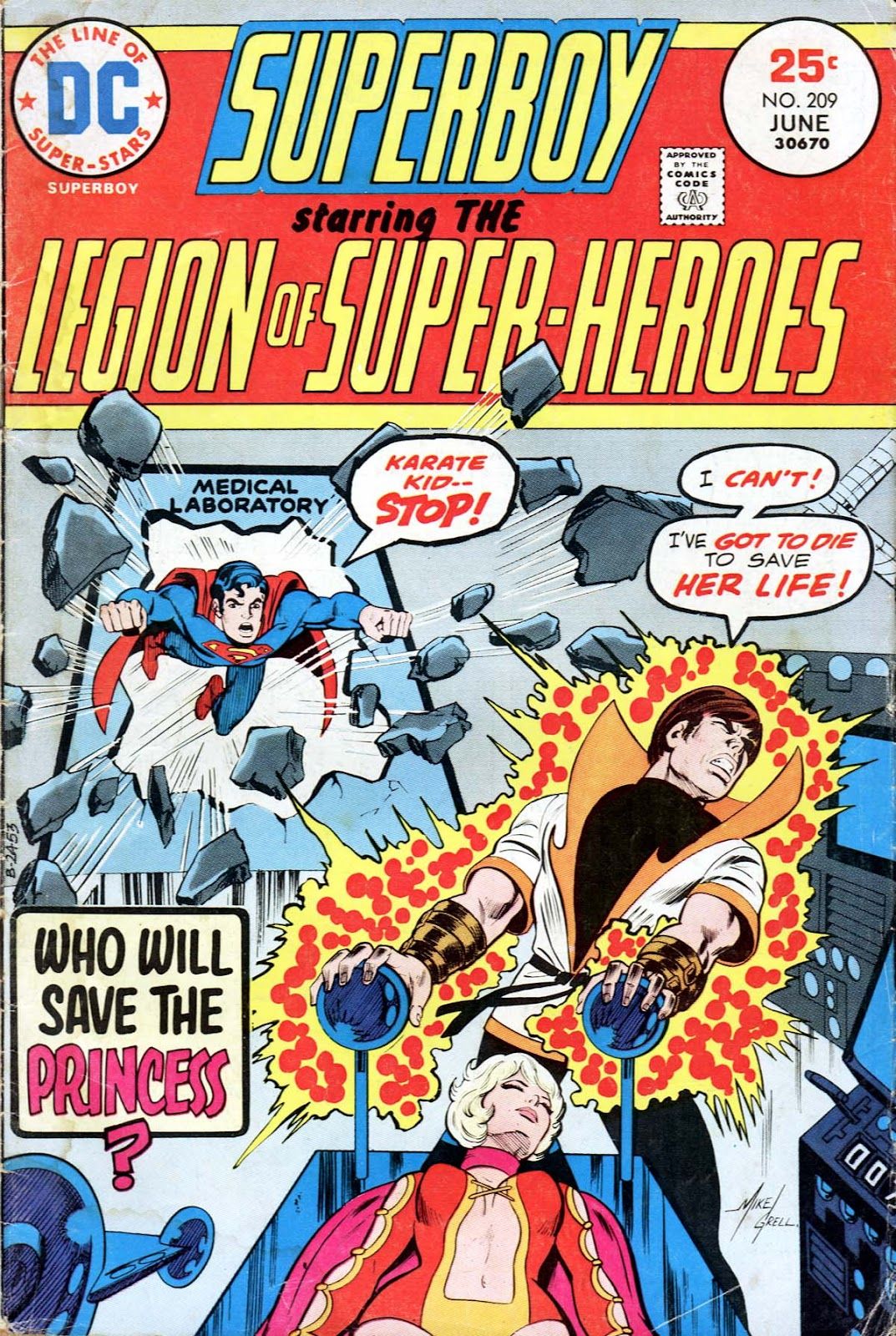 Image via DC
Image via DC
Shooter, though, didn't mix as well with the editors he was working with at DC in the mid-1970s (Weisinger having retired a few years earlier), so when Marv Wolfman offered him an editing gig at Marvel, he left DC for Marvel, working as both an editor and a writer, most famously on the Avengers, where, in Avengers #161, he first wrote a story about Hank Pym dealing with mental illness...
 Image via Marvel
Image via Marvel
Shooter worked on the Avengers off and on for the next few years, including writing the iconic storyline, "The Korvac Saga"...
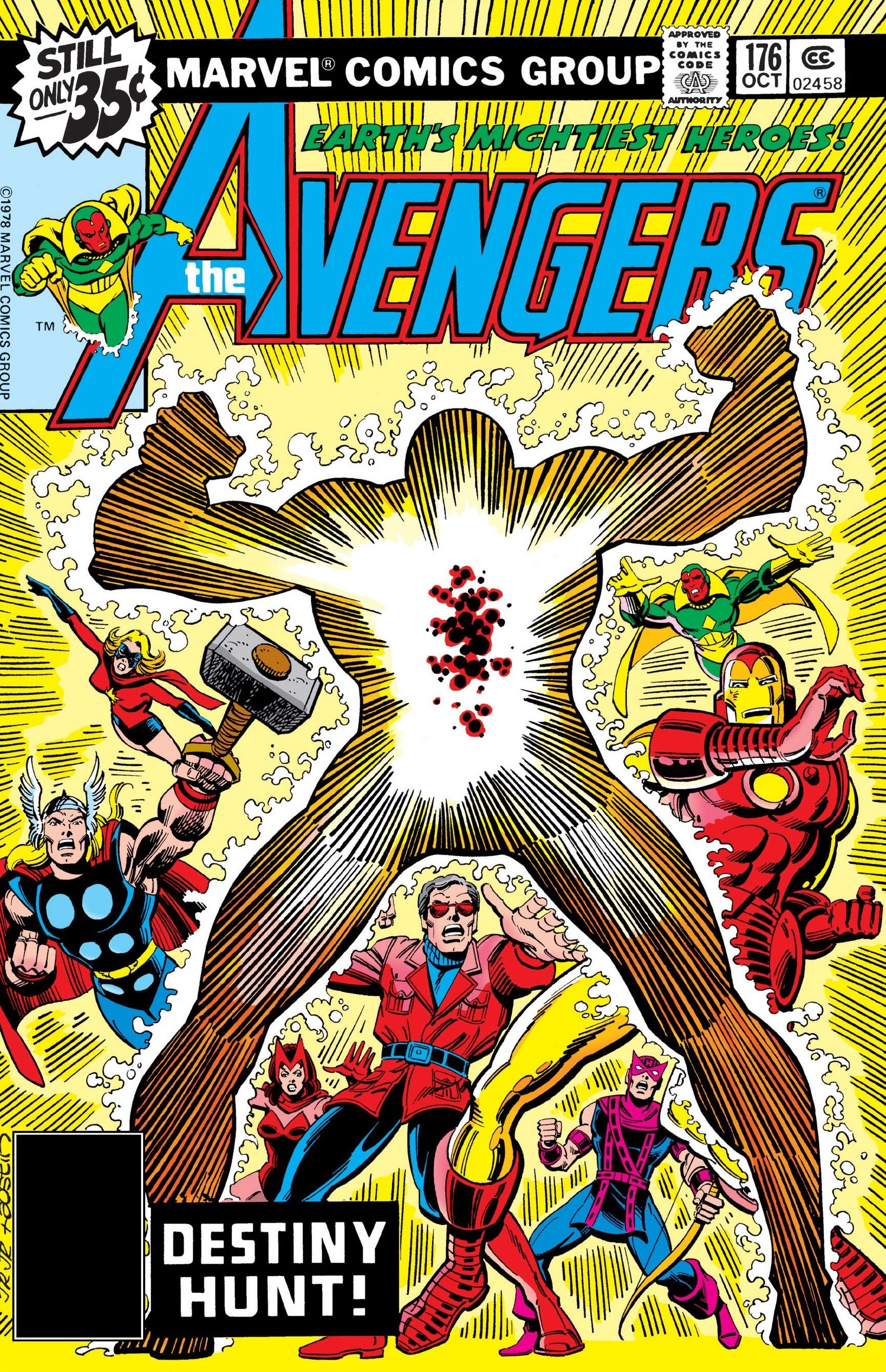 Image via Marvel
Image via Marvel
Marvel had spent most of the 1970s rotating through a series of short-lived Editors-in-Chief after Stan Lee left the role in 1972 (first Roy Thomas for two years, then Len Wein and Marv Wolfman splitting the job, then Wolfman solo, then Gerry Conway, all three of those guys were in just two years' time, and then Archie Goodwin for two years), so when Jim Shooter took over the head job in 1978 when he was not yet 28 years old, no one thought he would last that long, either, but instead, he became the company's longest-tenured Editor-in-Chief since Stan Lee (and still one of the longest-tenured Editors-in-Chief in Marvel history, decades later).
Marvel had been suffering from delays throughout most of the 1970s, but Shooter helped get things more on schedule, and started the practice of each group of titles having both an Editor AND an Assistant Editor (however, he also decreed that writers could not edit the books that they were writing, which led to both Marv Wolfman and Roy Thomas leaving Marvel for DC). Shooter also tapped into the burgeoning Direct Market by both increasing Marvel's presence in the Direct Market, but also beginning to release titles that were Direct Market only.
During the period that Shooter was Editor-in-Chief at Marvel (1978-1987), Marvel's sales were excellent, and some of the most acclaimed Marvel runs of all-time were launched, like Chris Claremont and John Byrne's X-Men, John Byrne's Fantastic Four, Walter Simonson's Thor, David Michelinie and Bob Layton's Iron Man, Roger Stern's Amazing Spider-Man and Avengers, and Frank Miller and Klaus Janson's Daredevil.
Shooter also came back to write a second run on Avengers in the early 1980s, where he continued his work on Hank Pym's mental downturn...
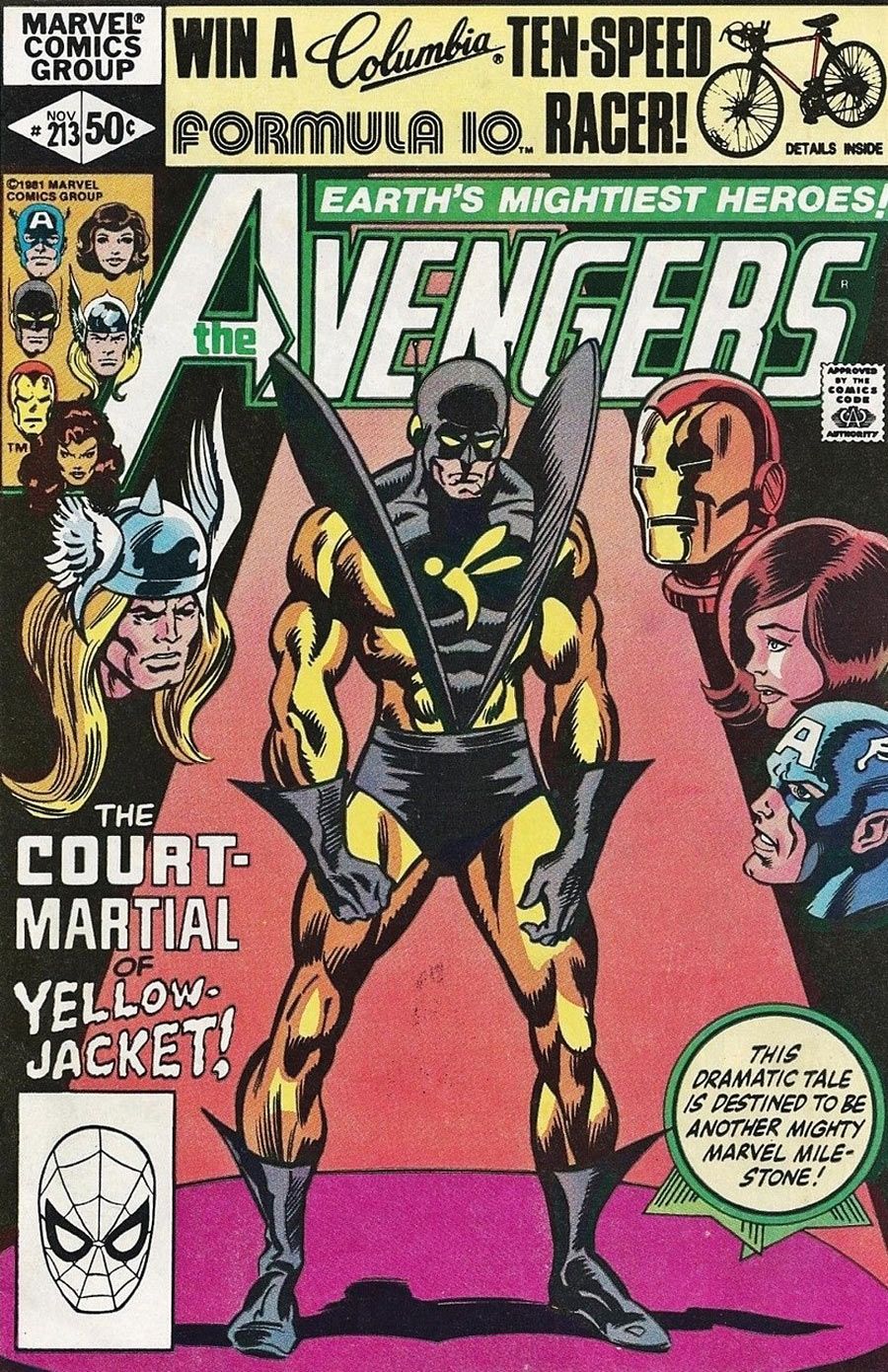 Image via Marvel
Image via Marvel
Marvel also launched its first miniseries during this era, Marvel Super Hero Contest of Champions, which was soon followed by the iconic Wolverine miniseries. Shooter did a number of interesting new projects like that during that period. A lot of one-shots and "fun" books. In 1984, Shooter himself wrote the best-selling crossover miniseries, Marvel Super-Heroes Secret Wars.
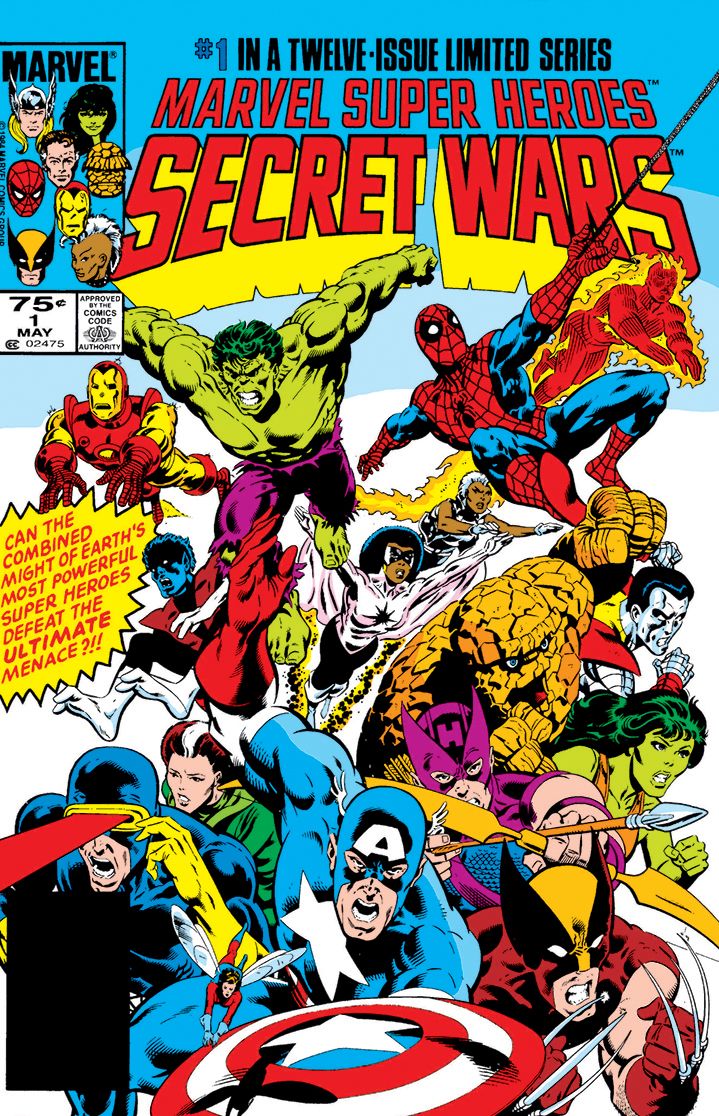 Image via Marvel
Image via Marvel
In 1986, Shooter launched a whole new line of comics set in their own continuity, known as The New Universe. Shooter created and wrote one of the series, Starbrand.
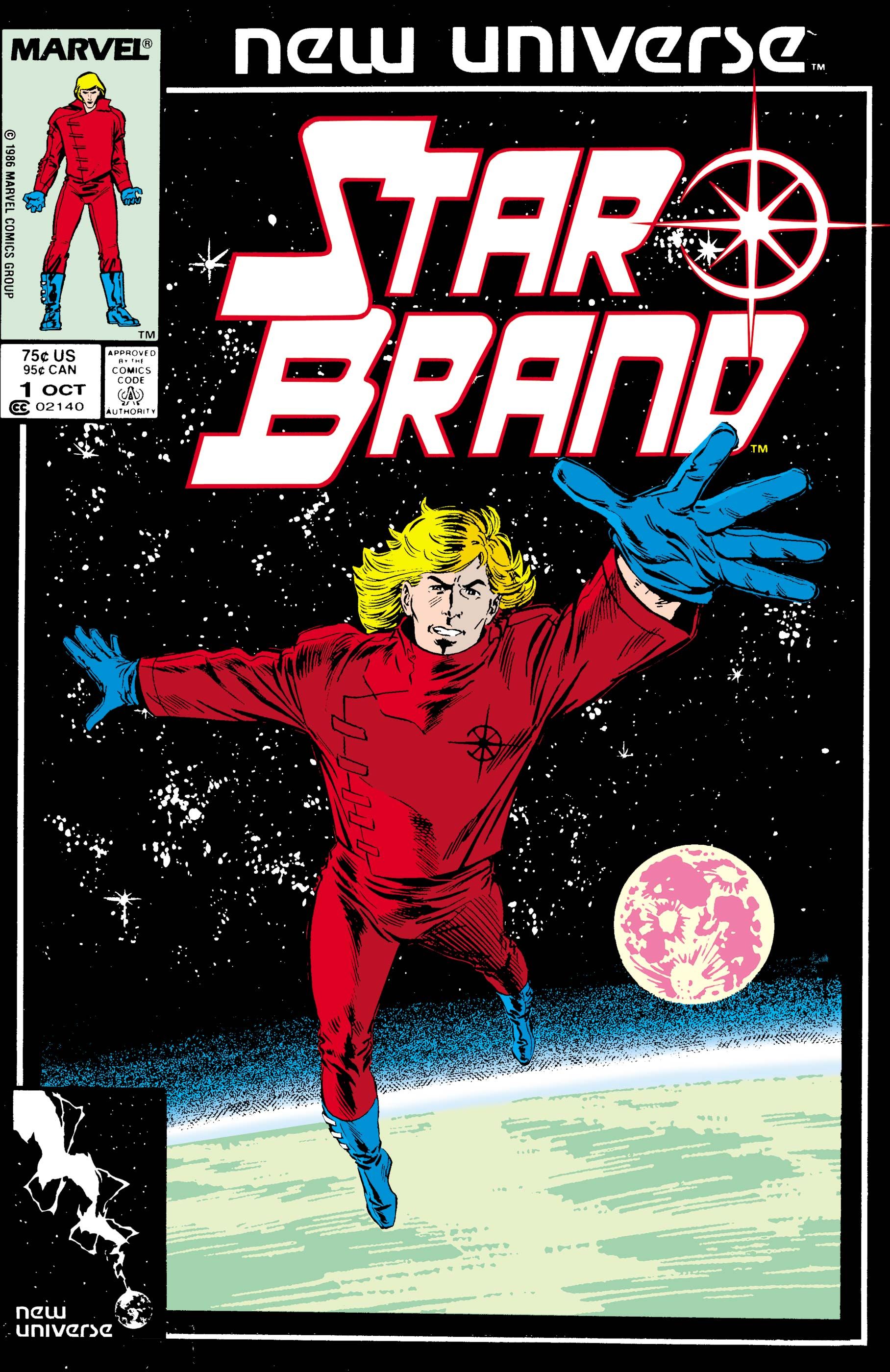 Image via Marvel
Image via Marvel
Shooter had a very strict idea of how comic books should be written and drawn, and that caused him to have many conflicts with the creators working with him during the 1980s. Of course, a number of those creators also did some of the best work of their career at Marvel at the time.
Shooter was fired in 1987. He then tried to purchase Marvel Comics, but failed.
He used the same investors who helped him try to buy Marvel to start a new company, Voyager Communications, which published comics as Valiant Comics. Initially doing licensed material (comics from Nintendo and World Wide Wrestling Federation), Shooter launched a shared universe line in 1991, using two characters licensed from Gold Key Comics, Solar and Magnus, Robot Fighter, to star the Valiant Universe (he also licensed a third character, Turok, which he didn't use for a few years). Shooter wrote both of those titles to start...
Soon, Valiant was one of the most successful independent comic book companies in the industry. Shooter was then pushed out by the company in 1992.
He launched Defiant Comics in 1993, and then Broadway Comics in 1995 (an offshoot of Broadway Video, the company that produced Saturday Night Live)....
Shooter worked for a few different projects in the late 1990s/early 2000s, including a brief return to Valiant when the company was about to go under, writing a sequel to the successful Valiant crossover, Unity. The company went under before it could be completed.
In 2007, Shooter returned to the Legion of Super-Heroes for a third run....
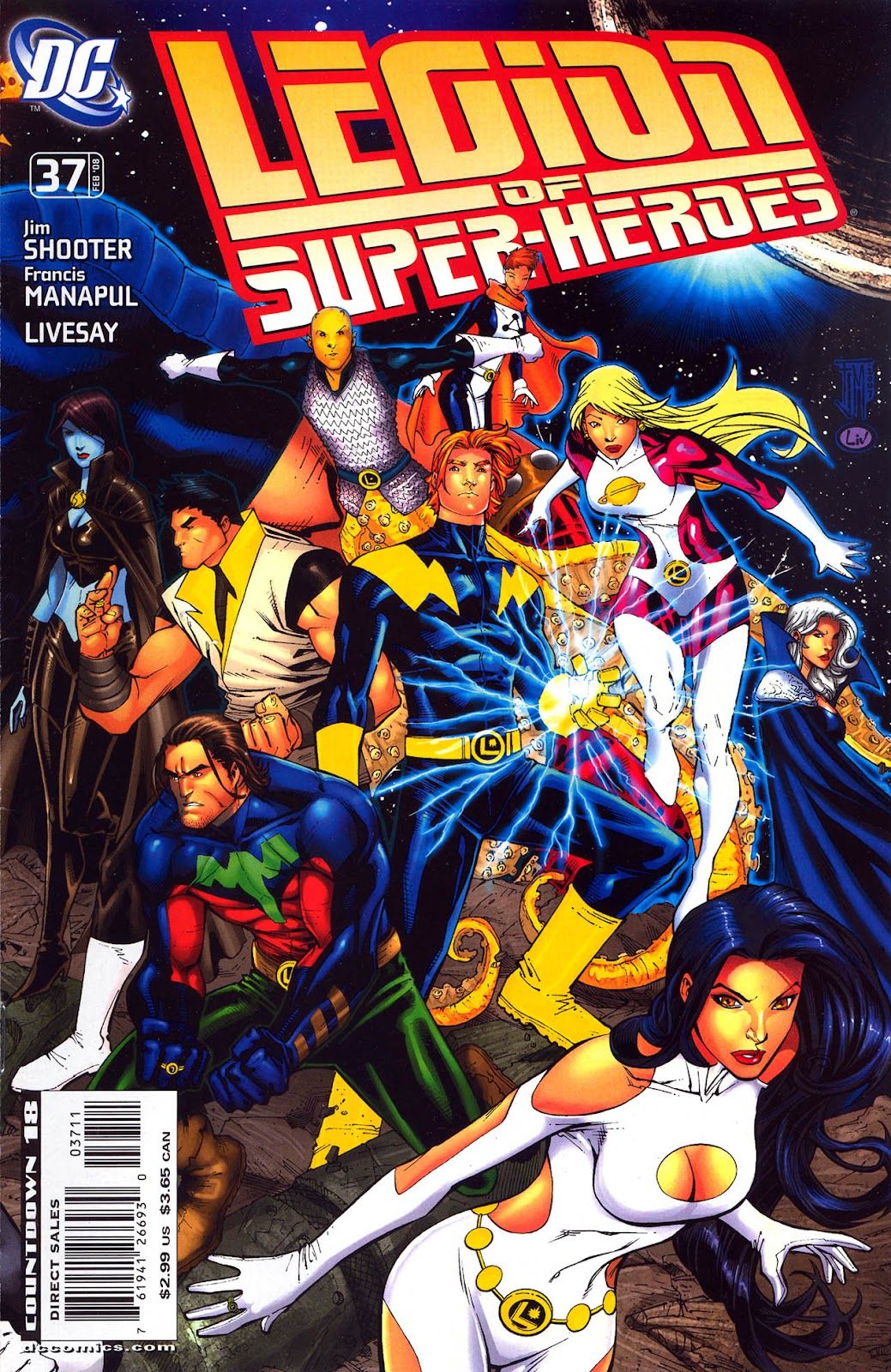 Image via DC
Image via DC
In 2009, Dark Horse had Shooter do new versions of Solar, Magnus, and Turok...
Shooter was working on various other projects in recent years.
Our condolences to Shooter's family and friends.
The photo of Jim Shooter is by the late Seth Kushner, from his and Christioper Irving's iconic collection of spotlights on classic comic book creators, Leaping Tall Buildings.






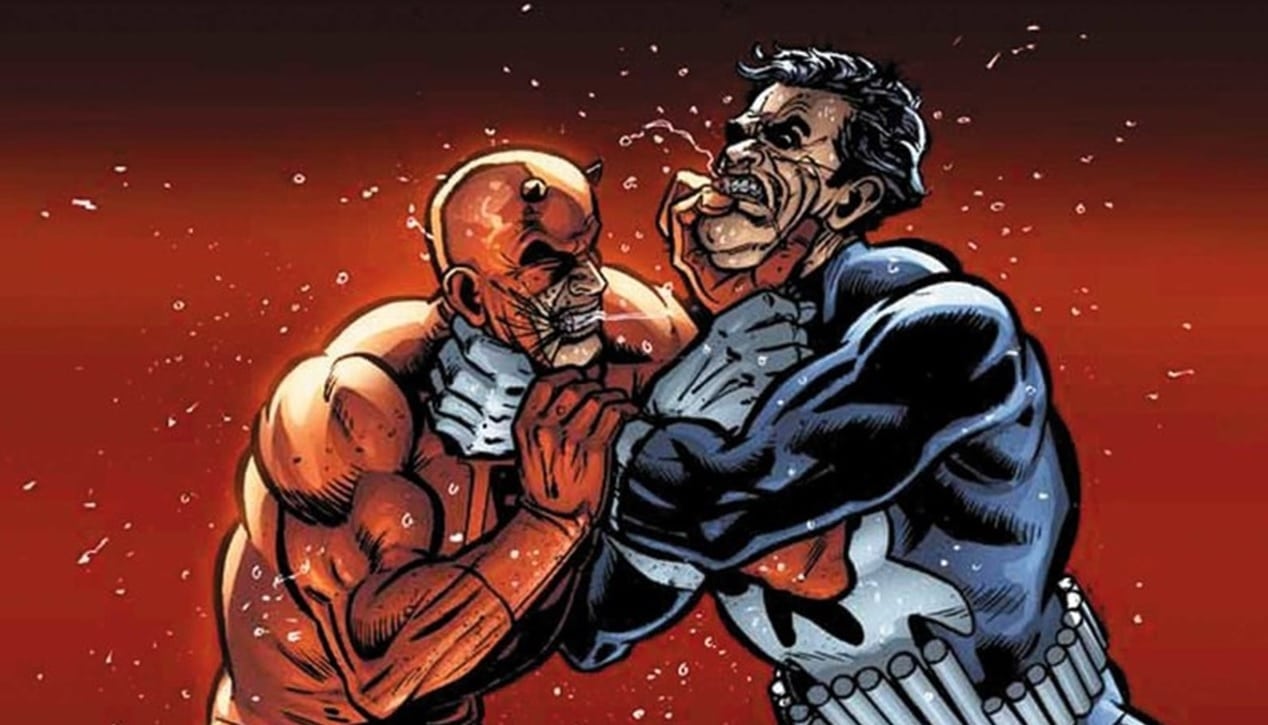


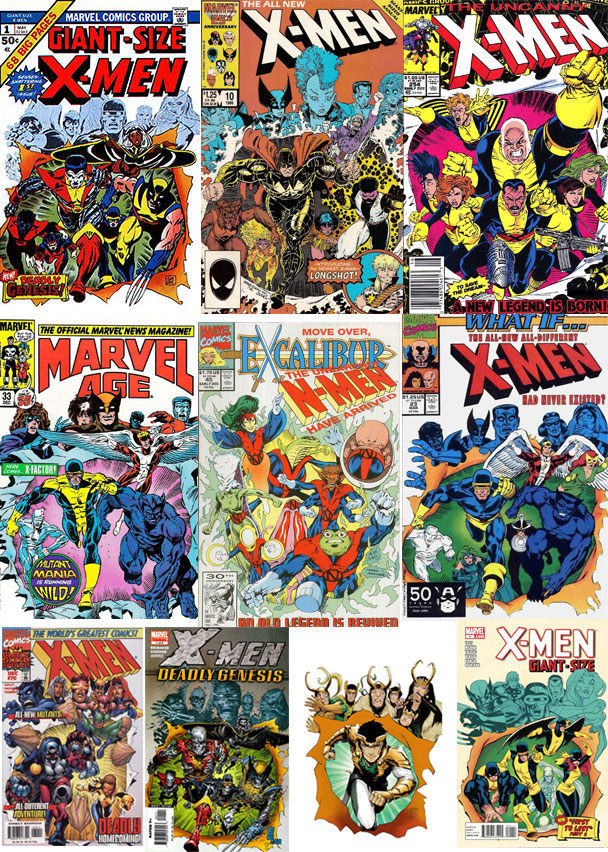



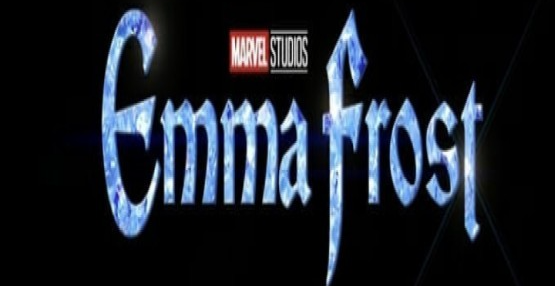

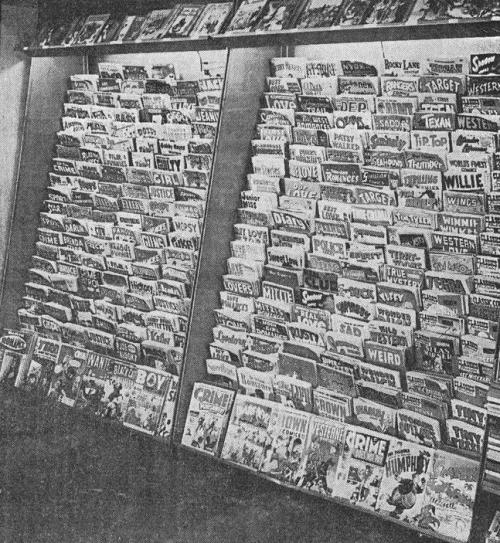
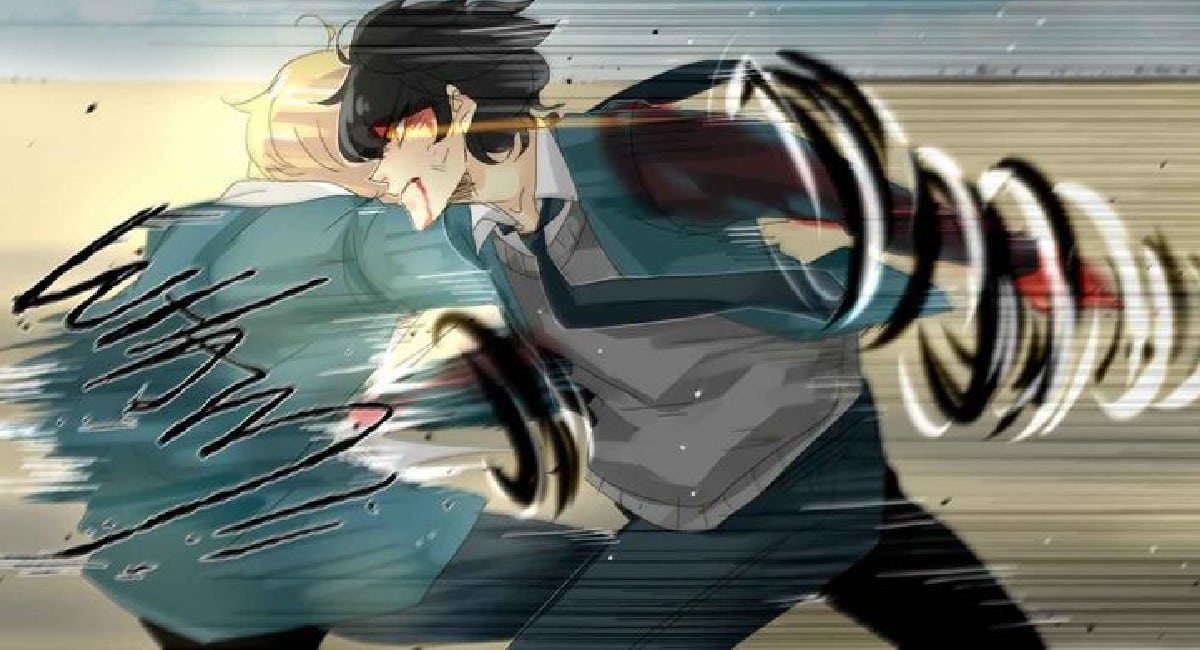


 English (US) ·
English (US) ·